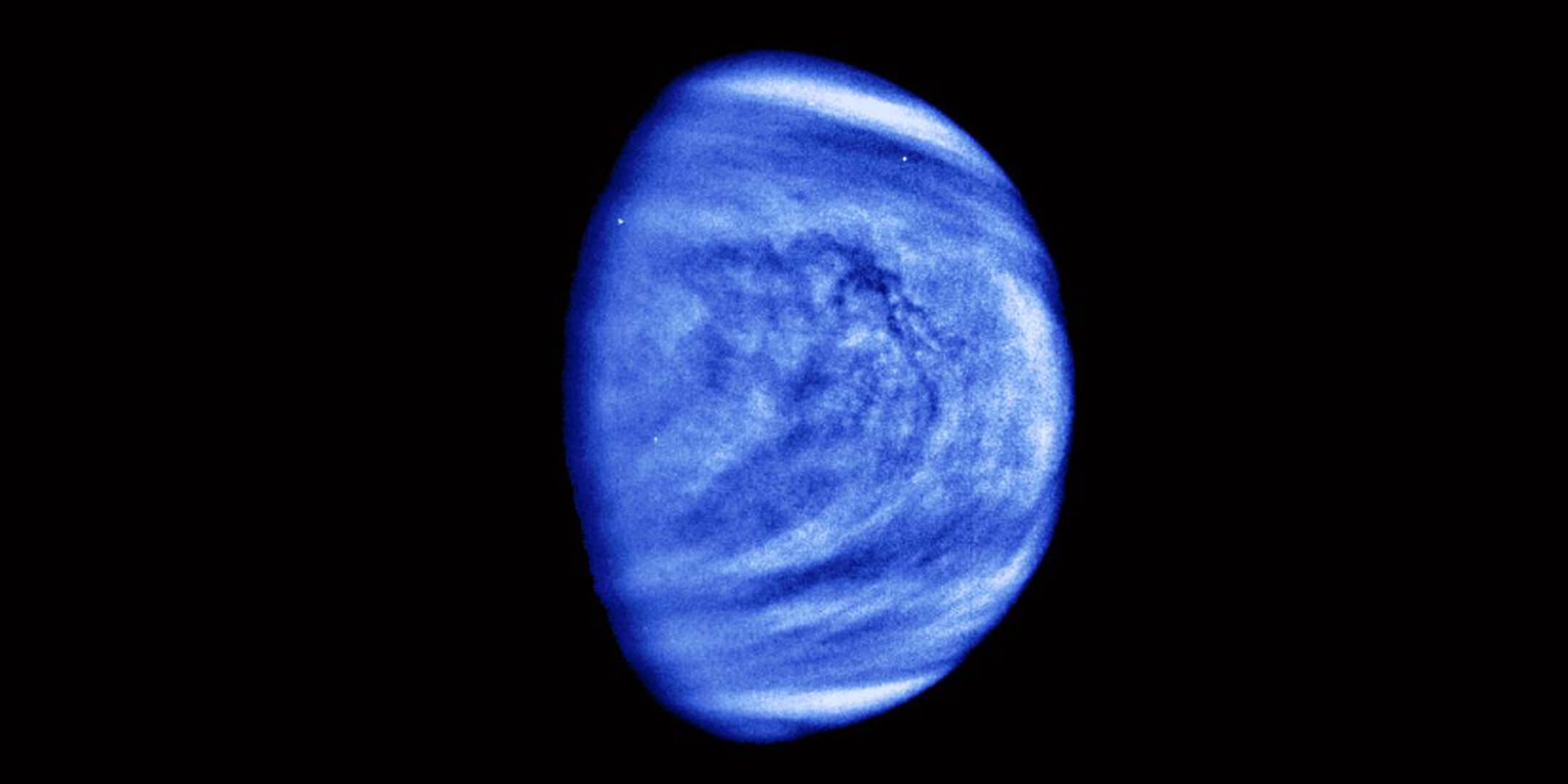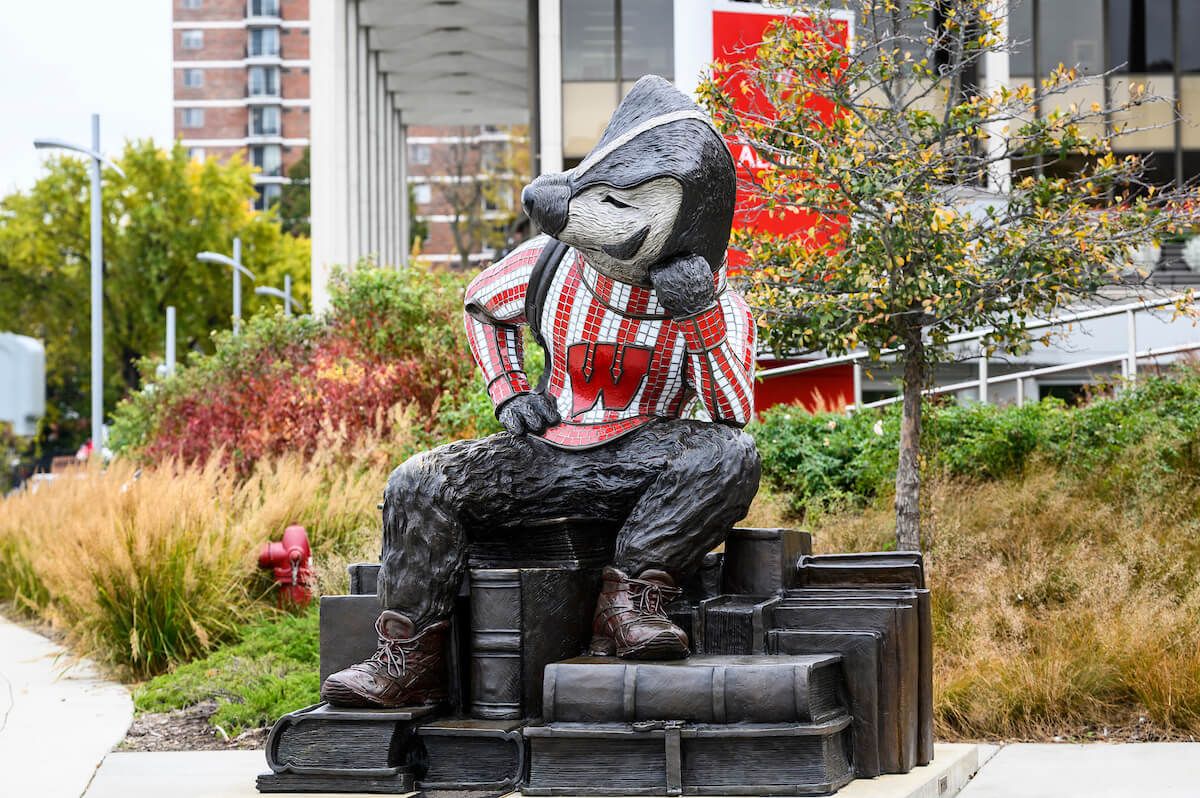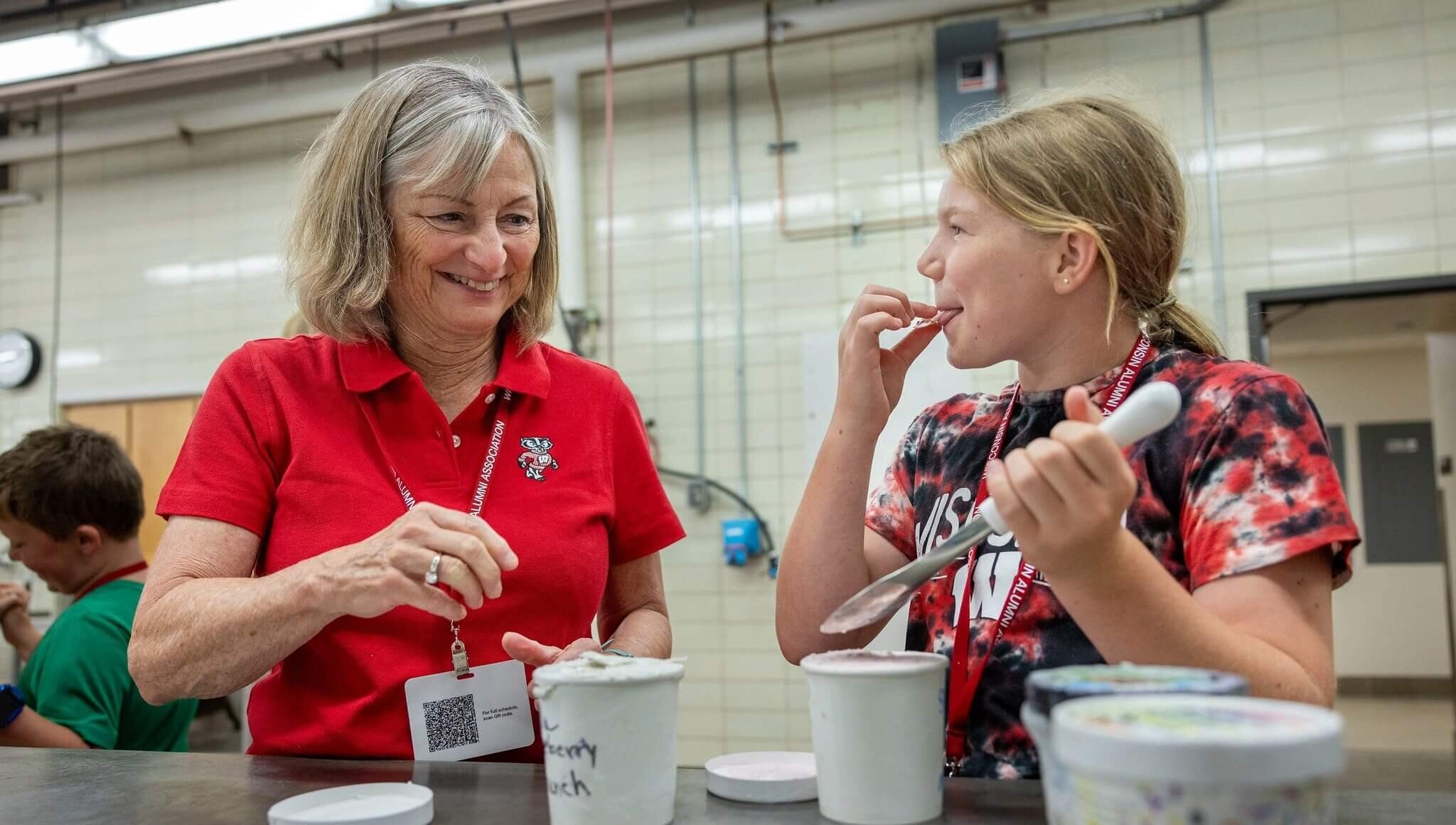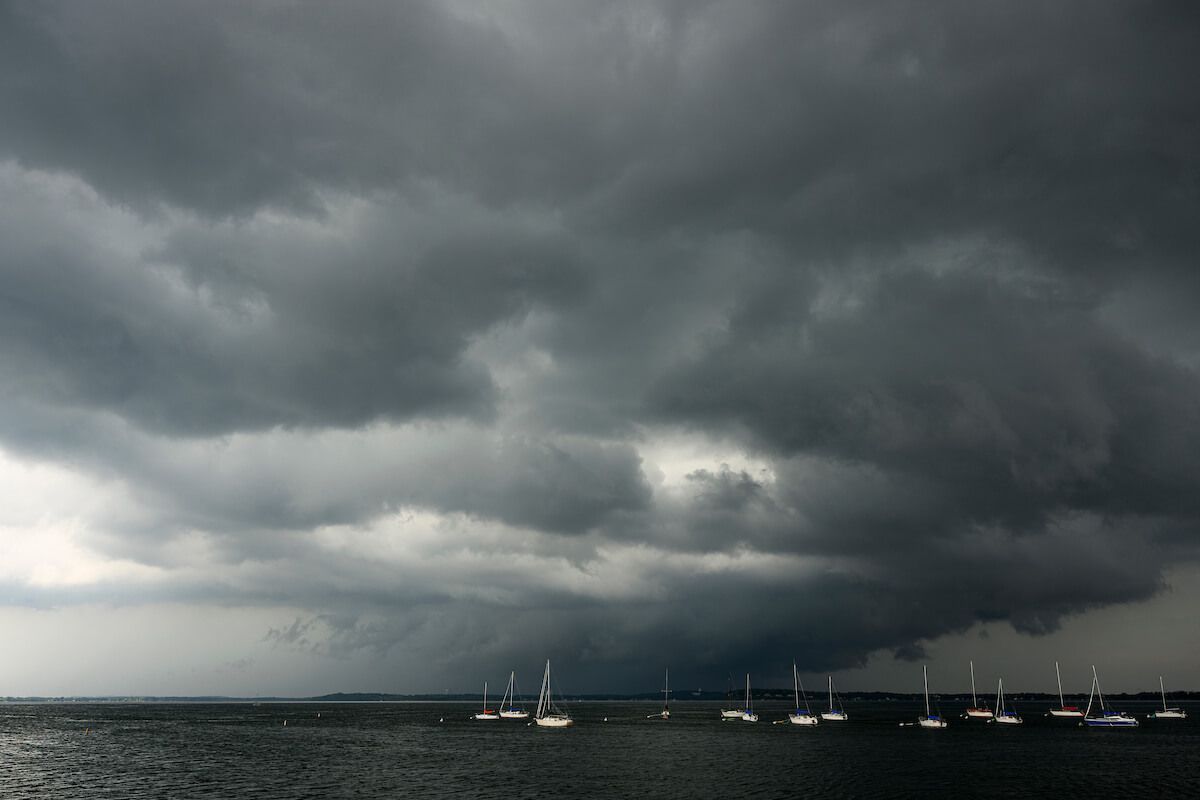As a child, Sanjay Limaye PhD’77 wondered at the usual awe-inspiring things — space, soaring comets, scientific developments like Sputnik. After a few optics lessons in sixth grade, he went to the optician in Delhi where he picked up his eyeglasses and tried his hand at making a simple refractor telescope.
“I bought two different lenses,” he explains, “and made a tube and put them together and looked at the moon.”
Now, nearly 50 years into his career as a space scientist, Limaye has his sights set on a target that’s even farther away: Venus.
The strength of the UW’s space science program, plus a couple of legendary Badgers, helped Limaye land at the UW and sparked his decades-long study of Venus, culminating in a search for microbial life in the Venusian clouds. At a workshop for science scholars, he listened to a lecture about radio astronomy, which reignited his interest in astronomy. During a summer internship at the Physical Research Laboratory in Ahmedabad, India in the late 1960s, Limaye learned about X-ray astronomy from Udupi Ramachandra Rao, a future chairman of the Indian Space Research Organization. Rao told Limaye about some interesting researchers in the field, including Bill Kraushaar, a professor of physics at the UW. After initially applying to the physics department at the UW, Limaye faced doubt from his father about the job prospects for X-ray astronomists. Limaye switched his application to pursue satellite meteorology instead — a new research field pioneered by UW professor Verner Suomi.
Suomi also helped establish the UW’s Space Science and Engineering Center (SSEC) in 1967 and was part of the imaging team for the 1973 Mariner 10 mission to Mercury and Venus. In February 1974, Mariner 10 reached Venus. “We got the data back, and that basically shaped my whole career,” Limaye says. He focused his thesis on the structure and organization of the atmospheric circulation on Venus and accepted a National Research Council fellowship at the NASA Goddard Institute for Space Studies. This position allowed him to continue working with new data from the 1978 Pioneer Venus Orbiter mission.

In 1980, Suomi called Limaye back to the UW to work with him on the Voyager missions to Jupiter and Saturn at the SSEC, and Limaye, now a distinguished scientist, has worked there ever since.
Although it can be difficult to fund new probes and missions for out-of-this-world research subjects, Limaye says the excitement of planet exploration is very rewarding. “It’s fascinating because nobody else has studied it before. You are the first one,” he explains. “This is pure joy.”
Throughout his long career, Limaye has hopped from planet to planet — with a focus on those with notable atmospheres — but now that he’s semiretired, he’s once again focused on Venus and trying to solve a 100-year-old mystery about its clouds. In 1927, a researcher at the Yerkes Observatory in Williams Bay, Wisconsin, captured images of mysterious, dark patches in the planet’s atmosphere; scientists still don’t know the cause.
In 1967, two scientists, astronomer Carl Sagan and biologist Harold Morowitz, wondered whether there could be primitive life in the Venus cloud cover. Venus has a surface temperature of 750 degrees Kelvin, or 890 degrees Fahrenheit, and high concentrations of sulfuric acid in its atmosphere, so the case for life isn’t easy to make. But after UW professor Tom Brock discovered extremophiles — microorganisms that can live in extremely harsh conditions — many scientists, including Limaye, changed their view of seemingly lifeless environments.
Limaye had a sudden breakthrough at 18,000 feet while on a research trip to the Himalayan saltwater lake Tso Kar. The air surrounding the marshy shores was so dry that when Limaye took a step, water would seep up from below and evaporate within minutes, leaving behind salt deposits. Gusts of wind would then carry the salt up into the sky. “That was a eureka moment.” Limaye wondered, “Could that have happened on Venus billions of years ago when water was being lost through warming?”
That question led to a 2018 paper in which Limaye discusses the possibility of life in the clouds of Venus, how it might have traveled from the surface, and the types of bacteria on Earth that give off similar signatures. Four years later, it’s his most cited paper. It also led to the first mission to Venus undertaken by a private company — Rocket Lab’s Venus Life Finder mission is scheduled for launch in May 2023. This mission will be one of many under development for further exploration of Venus in the coming decades.
“It’s quite an astonishing timeline — how quickly things can happen when things just click,” Limaye says. “And you can work for decades and nothing happens.” But his half century of research, along with an unrelenting spirit of discovery at the UW, could soon answer questions about life beyond Earth. And besides, what’s a few decades to the cosmos?





